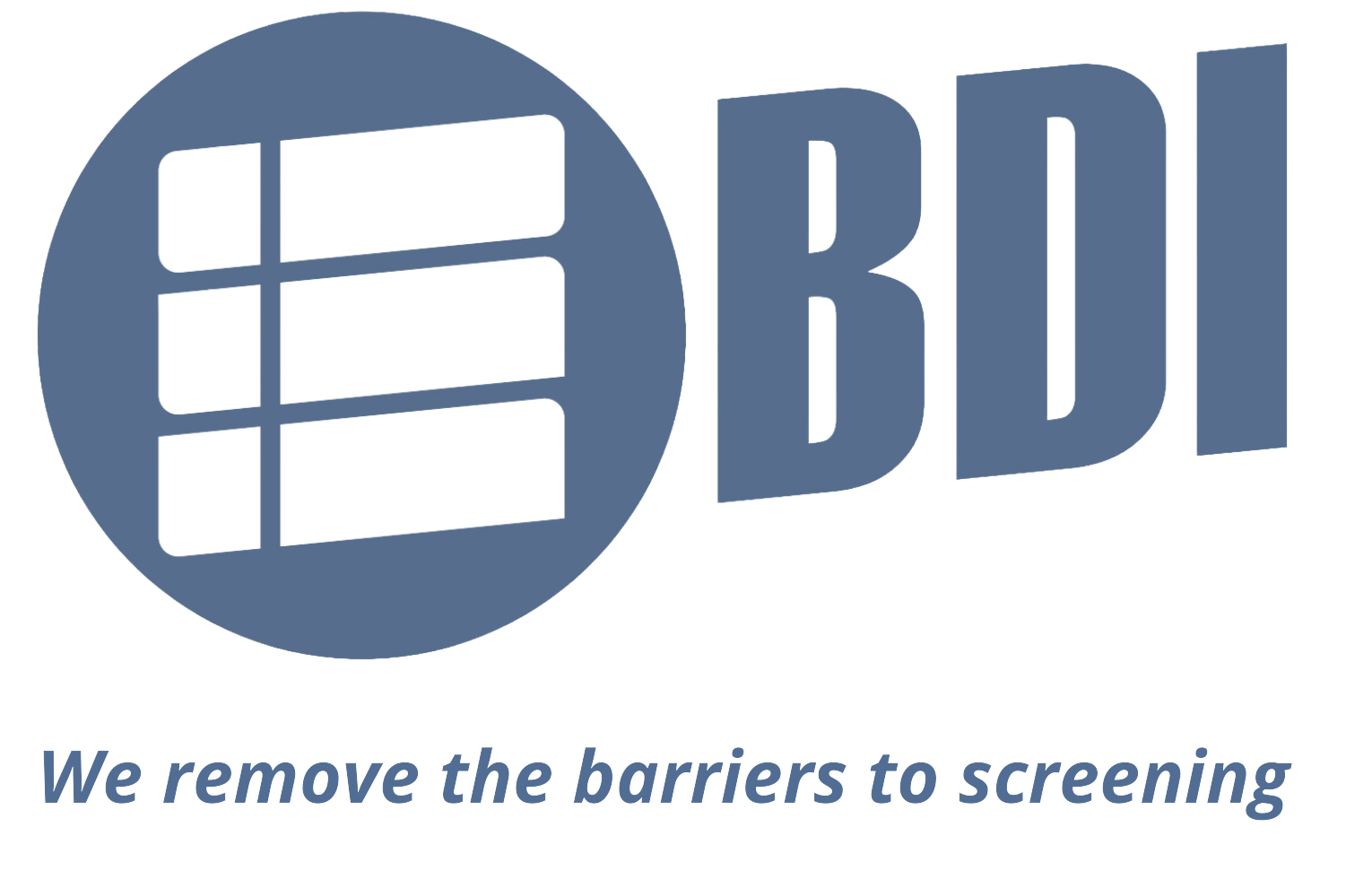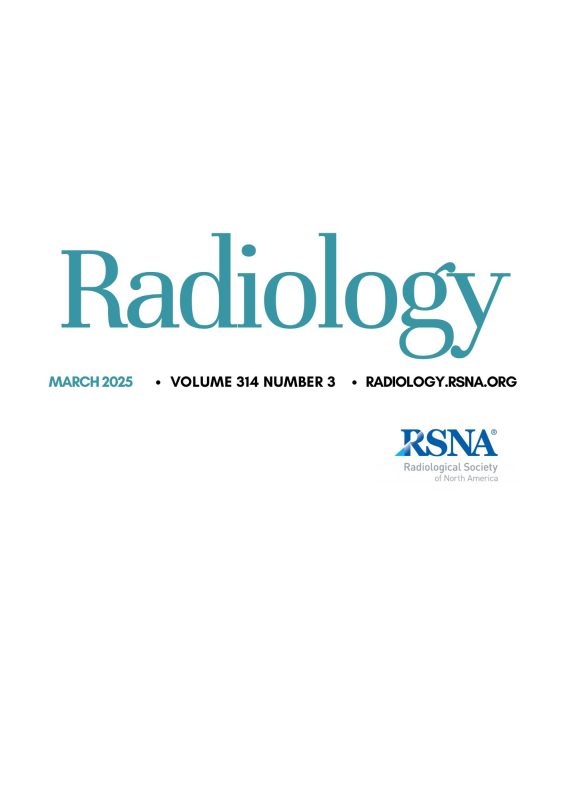CT scan analytics developed over a decade by BDI, Inc for bone density and fracture assessment have again been validated – this time using an AI algorithm BDI co-developed with Johns Hopkins University in a study recently published in Radiology. The AI algorithm accurately measures 3D whole thoracic vertebral bone mineral density and not only detects vertebral fractures on conventional, routine chest CT scans, but the BMD measure also predicts future fractures. Previous validation of BDI bone density and fracture (hip and vertebral) assessment on CT scans was done using other (non-deep learning) BDI algorithms – including in NIH’s Multi-Ethnic Study of Atherosclerosis (MESA). This new MESA study led by Johns Hopkins demonstrated that three-dimensional vertebral BMD demonstrated better performance in predicting incident VFx (area under the receiver operating characteristic curve [AUC], 0.82) compared with FRAX scores alone (AUC, 0.66; P = .03).
As NIH and others have warned, osteoporosis is the main cause of fractures in older women and men, and is a ‘silent’ disease typically without symptoms until ‘too late’ (i.e., fracture). Early detection and treatment of osteoporosis is essential for fracture prevention, as is detection and treatment of any existing fractures. Detecting and treating previously undiagnosed fractures helps prevent future fractures (having 1 fracture increases risk 2x for having another fracture).
Leveraging the 100 million CT scans a year (and growing) in the U.S. alone acquired for reasons other than osteoporosis or vertebral fractures avoids unnecessary extra cost, radiation and other burden otherwise required to detect/diagnose osteoporosis or vertebral fractures typically done by new dual-energy x-ray absorptiometry (DXA) imaging. Part of the health system’s growing consensus to leverage existing patient data before new tests/procedures are done.
Such ‘opportunistic’ screening of existing CTs for incidental osteoporosis and vertebral fractures also can greatly improve patient care and outcomes. Without such screening of existing CT scans, 75% of those with osteoporosis (26% of men and women 45+ yrs old have osteoporosis) and 70% of vertebral fractures (1.5 million per year in the U.S. alone) go undiagnosed and thus untreated. Reasons cited for these low rates of diagnoses: those who should be screened for osteoporosis per medical guidelines rarely get screened with DXA, osteoporosis and vertebral fractures are often hard to detect accurately with image modalities other than CT, vertebral fractures are often overlooked (e.g., mild or mistaken symptoms like back pain), etc.
For all these reasons, the American College of Radiology and experts from Massachusetts General Hospital and NYU Health together published a recent recommendation in JACR that older men and women, as well as younger men and women with elevated risk, have their existing CT scans screened ‘opportunistically’ for osteoporosis.
This new Johns Hopkins study shows the benefits of screening for both osteoporosis and existing vertebral fracture(s) from the same CT scan. The Johns Hopkins authors stated, “Using opportunistic imaging, such as chest CT performed for other comorbid conditions, could help reduce fracture incidence as the prevalence of osteoporosis continues to increase.” Study co-author (UCLA Professor and BDI Chief Medical Officer) Matthew Budoff, MD noted, “This study validates the approach BDI has taken from the outset of diagnosing and predicting multiple related medical conditions such as osteoporosis and fractures ‘opportunistically’ from the same existing CT scan. The benefits to patients, healthcare providers and payers are enormous. Our removing the barriers to screening also improves health equity. A true win-win-win for our health system and population at large.”
The complete study can be found here, media coverage: AI boosts identification of incident vertebral fractures on chest CT

